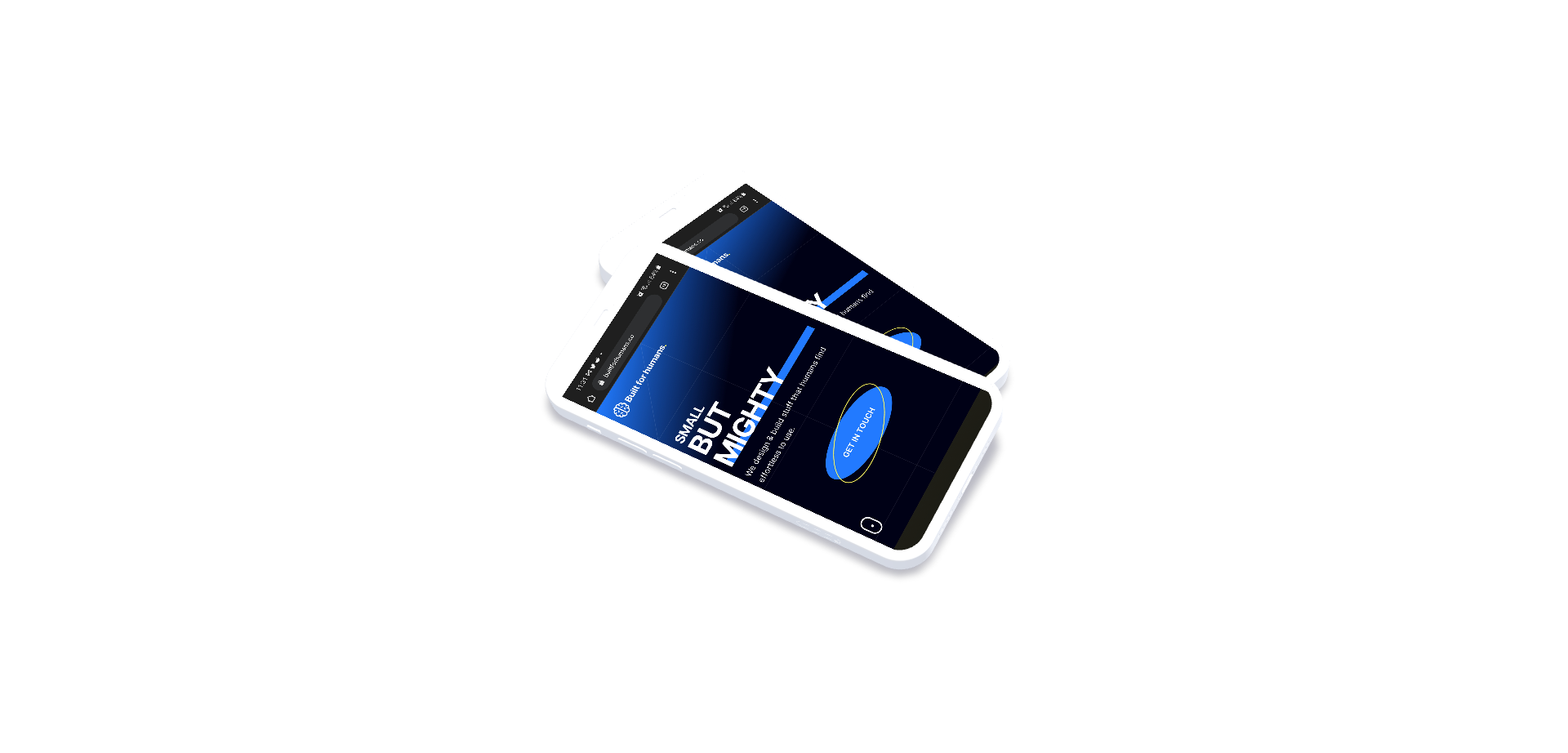October 11th
2021Built for humans web design studio website launch
The first itteration of my human-first design agency webiste for Built for humans. Created using WebFlow.
Read more ->
September 27th
2021New site launched
🚀 Launched this website after redesign and repositioning.
Read more ->June 14th
2021Clockwork Dreams – Take the headache out of your webcasting project.
A new brand, logo and website for an industry-leading standards in webcasting to the North East
Read more ->